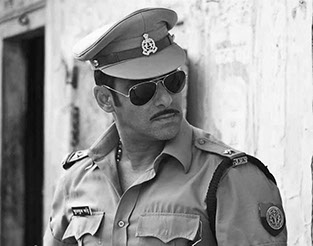
ICA 2019 Paper:
Bollywood and the Political Shift in Post-Corporate Cinema
David J. Schaefer and Kavita Karan
Popular Hindi cinema has long been identified by formal characteristics unique to Indian storytelling: frequent interruptions of song-and-dance routines; a two-act structure stretching to nearly three hours (or more); and a heavy narrative emphasis on romance, both as a literal plot device and as a metaphorical engine for social critique. However, a recent wave of scholarship has predicted the reduction of this format as Hindi film producers adopt global storytelling techniques more characteristic of contemporary digital marketing strategies. In this paper, we adopt a neo-structurationist framework to guide an extensive content analysis of the 70 highest grossing popular films produced between 1947 and 2017 to test ten hypotheses predicting how increased corporatization and independent/hat-ke (“offbeat”)/hybrid/experimental filmmaking may have accelerated the “global shift” revealed in past scholarship as Bollywood producers sought to attract global audiences. However, data analysis of the post-corporate period – 2008 to 2017 -- indicates that a “political shift” has occurred, signified by increased political referencing that coincides with rising nationalist/extremist political sentiment within the country and around the world.
Address
Dept. of Communication Arts
Franciscan University
1235 University Blvd
Steubenville, OH 43952
U.S.A.
dschaefer@franciscan.edu
Call
740 284-5391
Site Author and Designer David J. Schaefer Powered by MUSEFREE.COM
